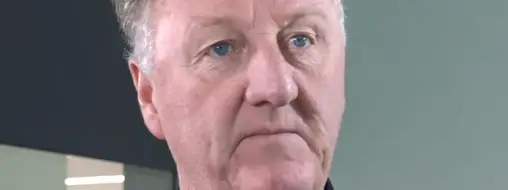THE LIFE LARRY BIRD
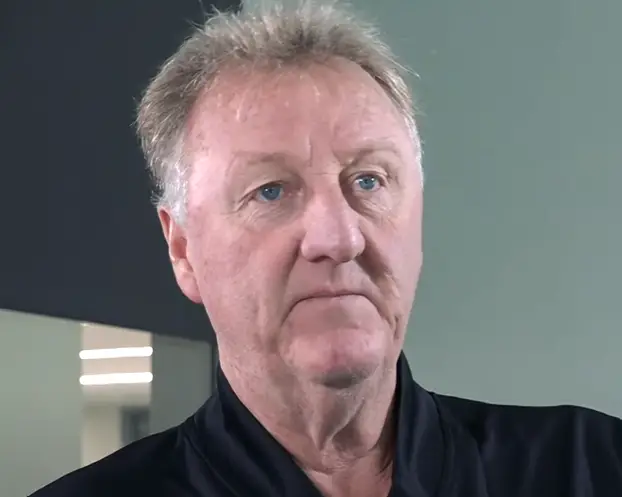
LARRY BIRD
Once Larry Bird signed with the Boston Celtics in the fall of 1979, it marked the beginning of a new era in basketball, not only in Beantown but also in the National Basketball Association. It was in a little hamlet in Indiana that Bird got his start. It was there that he guided Springs Valley High School to the state regional championship at the time. Following that, Bird guided Indiana State to the 1979 NCAA National Championship game, which can be considered a pivotal moment in the history of basketball. A do-it-all coach’s dream, “The Hick from French Lick” was a master of the fundamentals with the determination to match.
Larry Bird and fellow rookie wonder Magic Johnson revitalized the National Basketball Association (NBA), which in turn propelled basketball to new heights. Bird’s decision to turn professional came at a time when the league and the Celtics needed a boost. Through his all-around game and clutch shooting, Bird reimagined the small forward position, which ultimately resulted in the Celtics regaining their winning ways.
Larry Bird departed from the Celtics in 1992, having owned or shared 27 records during his time with the team. He also delivered three more championship banners to Boston (1981, 1984, and 1986). The illustrious number 33 that Bird wore during his great career with the Celtics was hung from the rafters of the Boston Garden after his career came to an end.
Early Years
In a small rural town close to French Lick, Indiana, Larry Joe Bird was born on December 7, 1956. His mother and father were extremely impoverished, and the strain of providing for six children ultimately resulted in the dissolution of their marriage. When it came to the sport that he cherished the most, basketball, Larry Bird demonstrated that he was highly competitive and worked very hard. No one anticipated that he would achieve any success.
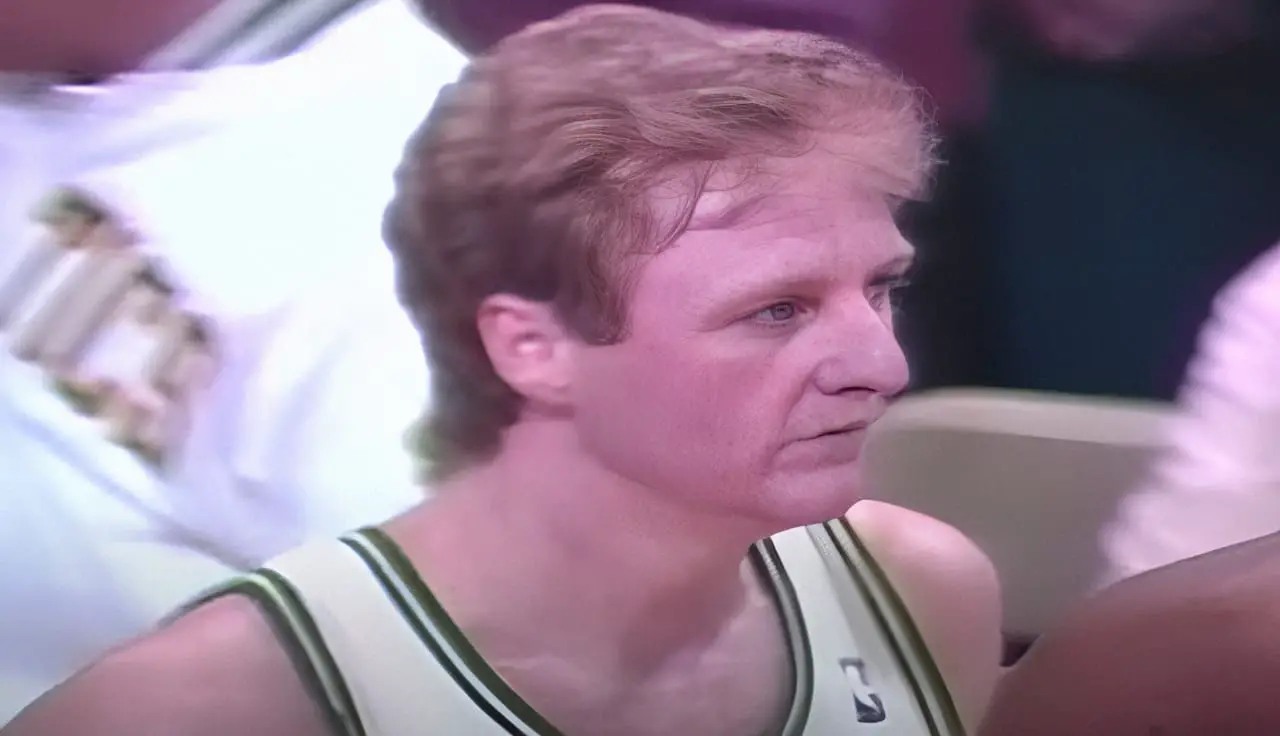
Even though he had more heart than talent, he put in a lot of hours training his game. When he was in high school, his accuracy on the basketball court quickly made him a local celebrity in a state that is known for its love of the game. Larry Bird, who proudly identifies as a Hick from French Lick, came dangerously close to not participating in collegiate basketball. The homesick youth, who was overwhelmed by the responsibilities of academic life, hitchhiked home after only three and a half weeks of school, despite the fact that he was recruited by coach Bobby Knight of Indiana in 1975.
After waiting another year, Bird was offered a basketball scholarship to play for Indiana State University in Terre Haute, where he quickly became a household name. All by himself, he was able to pack the house and carry his team to a new level of legitimacy on a national level. Within the National Collegiate Athletic Association (NCAA), Bird earned a reputation as one of the individuals with the highest scoring averages. As a result of his presence, Indiana State University amassed a record of 81–13 over the course of three years. Bird led the team to a perfect season record of 33 wins and zero losses, which allowed them to go to the NCAA championship game in 1978–1979.
Larry Bird’s Professional NBA Career
LARRY BIRD’S STATISTICS
Larry Bird was able to justify his pay straight out of the gate by scoring 21.3 points per game and winning Rookie of the Year honors for the 1979–1980 NBA season. He signed with the Celtics for a record-breaking $650,000 per year at the time.
On top of leading the Celtics in minutes played, steals, and rebounding (10.4 per game), Bird also topped the team in assists. An acquisition of center Robert Parrish from the Golden State Warriors and the draft of Kevin McHale were both made by the Celtics prior to Bird’s second season with the team.
The three players would go on to form a famous frontline, one that could be considered the best in the history of the NBA. This was the first time in Bird’s career that the Celtics won the NBA title. They finished the season with a record of 61-21 and won the championship by defeating the Houston Rockets.
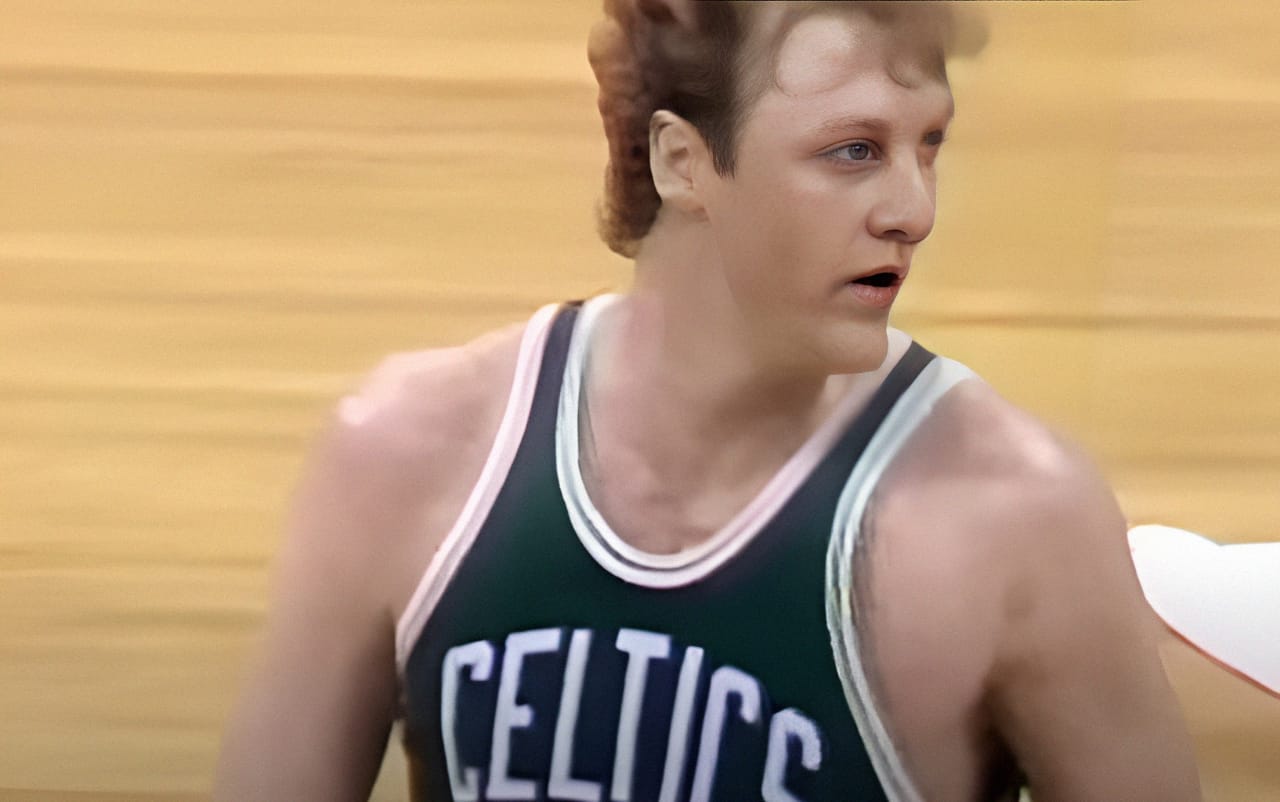
Bird was a significant factor in the revitalization of the National Basketball Association (NBA) in the 1980s. Johnson, who also entered the NBA in 1979 with the Los Angeles Lakers, was there at the same time.
Over the course of the decade, the Celtics and Lakers were the dominant teams in the NBA, with either one of them or both of them participating in every single championship game.
After two years in the league, Bird was already well-known for his consistent, clutch scoring and tenacious defense, which seemed especially uncanny taking into consideration that he was not particularly quick on his feet. Instead, Bird developed a reputation for not merely reacting to the moves of his opponents but also anticipating how they would unfold in advance. In addition, he possessed an unrivaled level of concentration and poise, and he established himself as one of the most unwavering and motivated players in the National Basketball Association.
In each of Bird’s thirteen seasons with the Celtics, the team made it to the postseason. However, owing to an injury, he was sidelined for most of the 1988–1989 season. In addition, the Celtics won championships in 1984 and 1986. Twelve times, he was selected for the All-Star team, and in 1982, he was honored as the Most Valuable Player of the All-Star Game. From 1984 to 1986, Bird was honored with the Most Valuable Player award by the National Basketball Association (NBA). In 1990, he achieved a significant milestone by scoring 20,000 points in his career. Nevertheless, by that time, his previously unrelenting assault on the court had been slowed down by discomfort in his back.
The Olympic Games
It was during the summer of 1992 that the United States of America sent its first pair of professional athletes to compete in the Olympic Games. NBA superstars such as Bird, Johnson, and Michael Jordan, along with other NBA players, came together to form the American men’s basketball team that would later be referred to as the “Dream Team.” After Bird and his teammates won the gold medal at the Olympics with relative ease for the United States, Bird made the announcement that he would be retiring from playing basketball just a few weeks later. At the end of his career, he concluded with outstanding averages of 24.6 points and 10 rebounds, respectively, per game.
The Indiana Pacers’ Head Coach
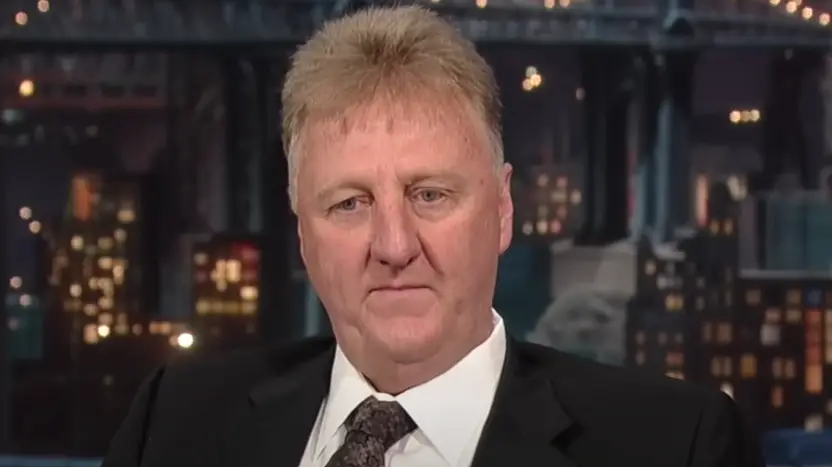
To begin the next phase of his life, Bird was hired by the Celtics to work as a front-office special assistant. He remained in this position for a period of five years. To return to his home state, Larry Bird became head coach with the Indiana Pacers in 1997. This move brought him back to the state where he was born.
Despite no previous coaching experience, he guided the Pacers to a 58-24 record — the franchise’s best at the time — in the 1997–98 season and was voted the NBA Coach of the Year. Following the Pacers’ run to the NBA Finals in the year 2000, he decided to step down from his position as head coach.
During the year 2003, Bird made his comeback to the Pacers in the role of president of basketball operations. His accomplishment of being elected NBA Executive of the Year at the conclusion of the 2011–12 season made him the only person in NBA history to have been honored with the titles of Most Valuable Player, Coach of the Year, and Executive of the Year. It was about that time that he made the announcement that he was leaving, but in the summer of 2013, he took back his position as president of the team.
Larry Bird’s Legacy
There is a consensus among enthusiasts that Bird is among the best basketball players in the history of the game. In 1996, he was recognized as one of the Top 50 players in the National Basketball Association (NBA), and in 1998, he was admitted into the Naismith Memorial Basketball Hall of Fame, further demonstrating his place in the history of the game. Only five other basketball players were ranked higher than him on ESPN SportsCentury’s list of the Top 50 athletes of the 20th century in 1999. He was ranked thirty positions higher than the other five sportsmen.
Larry Bird’s Net worth
By 2024, former NBA player and prosperous businessman Larry Bird will have a net worth of $80 million. Beyond his successful playing career, he has amassed fortunes via coaching, sponsorships, and his position as Pacers president. Larry Bird has also greatly benefited from sponsorship agreements, appearing in commercials for apparel and video games and putting in a lot of work to promote Heinz Corporation products.
Larry Bird’s Wife
The year 1989 marked the beginning of Larry Bird’s marriage to Dinah Mattingly. Both Conner and Mariah, a son and a girl, were adopted by the couple. Corrie is the name of the daughter he had with his first wife, Janet Condra, whom he married for a short period of time between 1975 and 1976.
RELATED: KOBE BRYANT – Amazing Biography, Death and Autopsy Report
